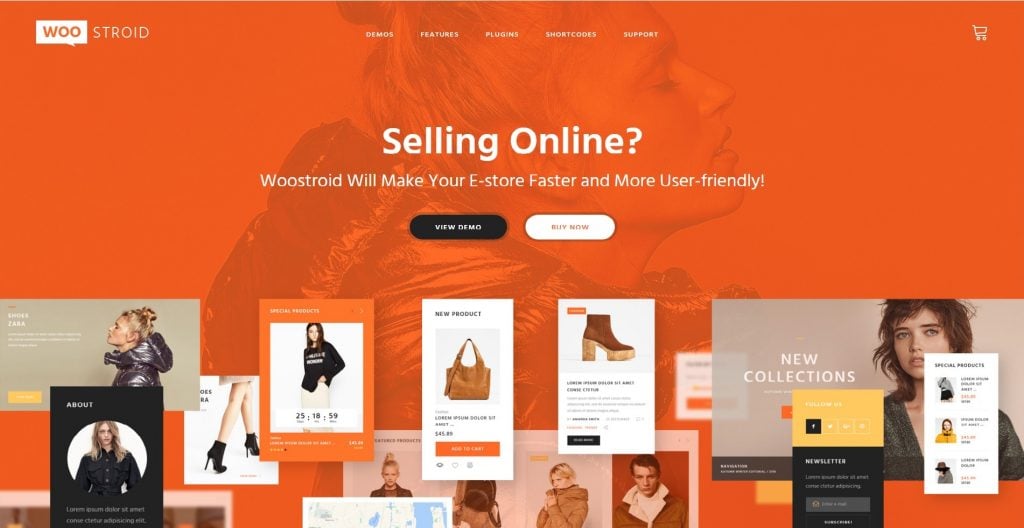What You Need to Know Before Shipping Internationally
Deciding to take international orders for your eCommerce store is a wise move. Sellers around the world are beginning to see the benefits of selling internationally, with 31% strongly agreeing that cross-border eCommerce is profitable.
Learning the ins and outs of international shipping can sound overwhelming. Considering the following will help you prepare your business to sell worldwide.

Confirm you can import your product.
First things first - make sure you can import your product. List the countries you’d like to start shipping to, and visit each country’s official customs website to see if your product is on the restricted or prohibited list of imports.
If a product is on the restricted list, it may be quarantined in customs for an unspecified amount of time, causing delays in delivery. If it’s prohibited, it could either be returned to you (causing you to not only lose a sale but be responsible for paying return fees) or worse, be destroyed in customs.
Research potential delivery hurdles.
Some countries are easier to ship to than others. Countries with low tax thresholds make importing expensive, so you have to determine whether customers in that market will be willing to pay additional taxes for your product.
Countries like Brazil, India, and Russia require the recipient to provide proper identification to accept overseas packages, so you should make efforts to communicate this to customers.
China is a lucrative market for cross-border eCommerce, but Chinese customs is strict with imports and shipments are prone to processing delays. Also, the sheer size of the country proves challenging when it comes to delivering packages promptly outside large cities.
Make sure your products aren’t “dangerous goods.”
In shipping, “dangerous goods” are defined as something that can cause harm to someone if it’s not handled with care during transit.
The most common dangerous goods in eCommerce are liquids and batteries. Although they are not dangerous by themselves, they might have a dangerous component, such as being flammable.
There are restrictions on transporting dangerous goods, especially if you are shipping something by air freight. If your product has any dangerous components, you must let your courier know. You may get charged extra fees for special handling, but it’s a lot better than the alternative (getting your shipping account shut down for lying and breaking the law).
Determine whether tax and duty will apply to your shipments.
Governments usually impose import taxes to protect domestic companies from foreign competitors, or to raise revenue. Every country has a tax threshold, which is the amount where a person begins paying taxes on an imported item.
Depending on the retail value of your shipment and the threshold, tax and duty may or may not apply to your shipment. You can research each country’s tax threshold on Easyship’s Countries page.
If taxes and duties apply, you have the option at customs to deliver the shipment with duties paid (DDP) or duties unpaid (DDU).
For a smoother delivery experience and to avoid delays in customs, it is highly advisable to choose DDP.
Choosing to deliver with duties unpaid can lead to an unpleasant experience for both you and your customer. When the customer gets a call requesting payment of duties, it could catch them off-guard if they were unaware of the additional cost in the first place.
Also, the customs brokers who collect duty payments are all independent businesses with different fee structures that vary per country. It would be impossible to tell the customer what their final cost will be.
When you choose DDP, you pay the duty amount to the courier, who will then process the payment to customs on your behalf. Though couriers will charge an additional fee for this, these fees are fixed and can be 3-4 times cheaper than a customs broker. The customer will not to be contacted, and the shipment will clear customs quickly.
In conclusion
Opening your store to international customers sounds daunting, but a little research goes a long way. Your findings can help you create a clear, easy-to-understand shipping policy that will convert and retain customers, no matter where they’re from.
Read Also
What CMS Should You Pick for Your Dropshipping Business?
How to Use WordPress for eCommerce? [Free eBook Inside]
Setting Up an Online Store: Shopify vs. WordPress
Making Use of The Shipping Classes
Different Types of eCommerce – How Many of them Do You Know?
Get more to your email
Subscribe to our newsletter and access exclusive content and offers available only to MonsterPost subscribers.







Leave a Reply
You must be logged in to post a comment.